Animation | Evolving | Ad Films | Digital Marketing | Elyts

In the ever-dynamic world of advertising, animation has emerged as a game-changer. From quirky 2D characters to immersive 3D visual narratives, animation in ad films has undergone a remarkable transformation. No longer confined to children’s brands or fantasy themes, animated ad films today speak to diverse audiences, across industries, with compelling storytelling and vibrant creativity. Let’s explore how animation is evolving in ad films and redefining the future of brand communication.
1. From Flat to Fluid: The Shift from 2D to 3D and Beyond
Initially, 2D animation dominated the advertising space due
to its simplicity and cost-effectiveness. However, the rise of advanced
animation software and rendering technologies has paved the way for 3D, motion
graphics, and even hyper-realistic CGI. Brands are now using 3D animation to
create more engaging, lifelike ad experiences, bringing products and services
to life with enhanced realism.
Take for example the automotive industry—3D animation allows
marketers to showcase vehicle features and performance in a visually stunning,
cinematic format, all without filming a real car.
2. Integration of Augmented Reality (AR) and Virtual
Reality (VR)
Animation in ad films is no longer limited to screens. With
the integration of AR and VR, animated content is stepping into immersive
environments. AR-powered animated ads are being used in mobile campaigns,
allowing users to interact with animated characters or virtual product demos in
real time.
This immersive storytelling not only boosts engagement but
also increases memory recall—making AR and VR a powerful tool in modern
animated advertising.
3. Personalized Animation: Tailoring the Story for Every
Viewer
The evolution of data-driven marketing has enabled the
creation of personalized animated ad films. Brands can now tailor animated
content to specific audience segments based on demographics, preferences, or
behavior.
For example, a fashion brand might show different animated
outfits based on the viewer’s past interactions or style choices. This
customization makes the ad more relevant, increasing the chances of engagement
and conversion.
4. Animation Meets Artificial Intelligence (AI)
AI is streamlining the animation process in advertising.
From automating lip-sync in character animations to generating real-time
background changes based on scene requirements, AI is significantly reducing
production time and cost.
Additionally, AI-powered tools can analyze which animation
styles resonate best with certain audiences, helping advertisers make smarter
creative decisions.
5. Minimalism and Micro-animations: The Rise of Subtlety
Another trend in modern ad films is the use of minimalist
animation and micro-animations. These subtle yet powerful visual cues are used
in short-form content—such as social media ads and website pop-ups—to grab
attention quickly and effectively.
In an age of shrinking attention spans, these bite-sized
animations deliver messages in just a few seconds without overwhelming the
viewer.
6. Cross-platform Adaptability
With advertising campaigns running across multiple
platforms—from TV to Instagram reels—animated content must be flexible. The
latest evolution in animation includes adaptable formats that work seamlessly
on different screen sizes and orientations, without losing visual impact or
message clarity.
Scalable vector animation (SVG) and adaptive resolution
rendering help brands maintain consistency across platforms.
7. Sustainability and Cost-efficiency
Animation provides a sustainable alternative to live-action
shoots. It eliminates the need for large crews, location permits, and physical
materials. Especially during global challenges like the COVID-19 pandemic,
brands leaned heavily on animation to keep their campaigns running without
logistical setbacks.
As environmental consciousness grows, animation’s low carbon
footprint makes it an even more appealing choice for brands focused on
sustainable practices.
Conclusion
Animation in ad films is no longer just a stylistic
choice—it’s a strategic tool that blends creativity with technology. As it
continues to evolve with AI, AR/VR, personalization, and sustainability in
focus, animation will remain at the forefront of advertising innovation.
Elyts Advertising and Branding Solutions | www.elyts.in (India) | www.elyts.agency (UAE)











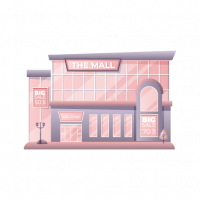





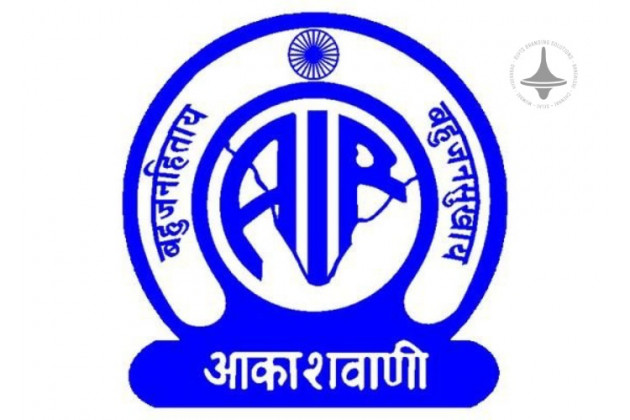
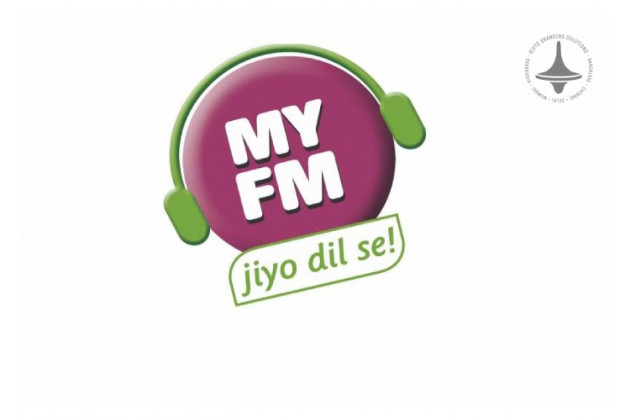
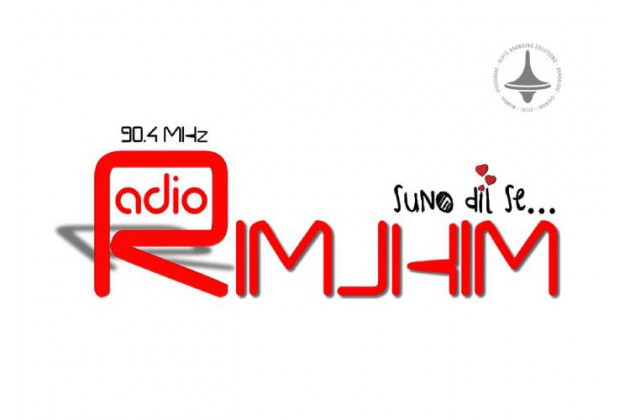

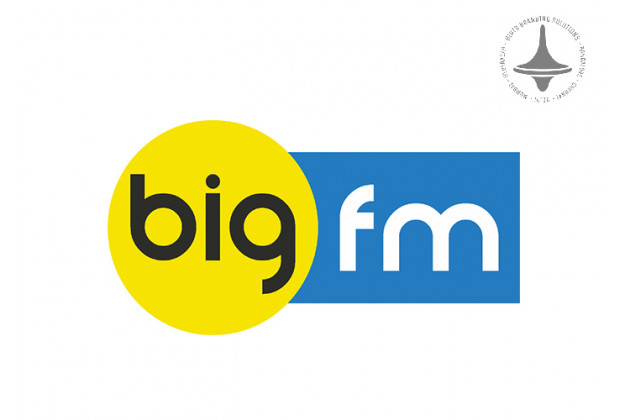
Leave a Comment